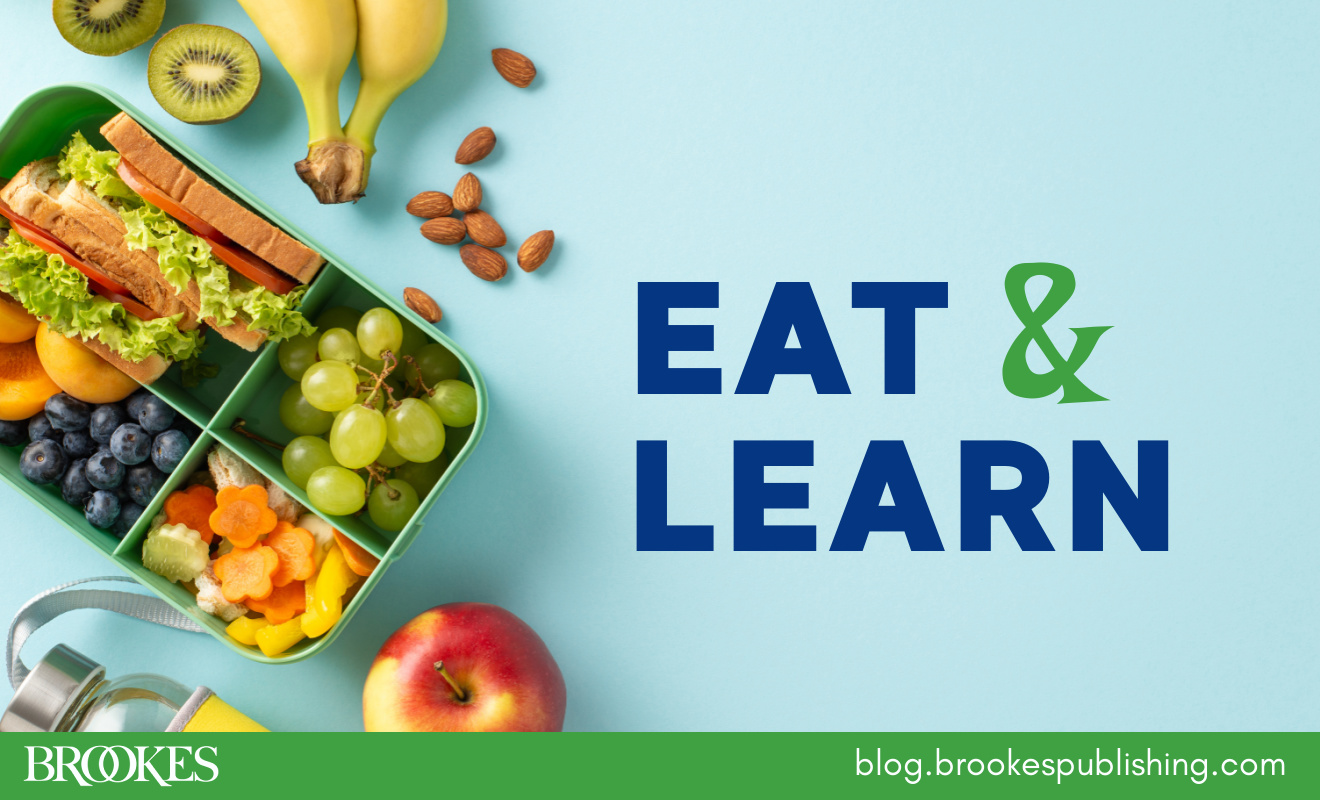9 Easy Activities to Boost Syllable and Phoneme Awareness
*Today’s post has been adapted from the chapter “Teaching Phonemic Awareness” by Lucy Hart Paulson, in Multisensory Teaching of… Read More

*Today’s post has been adapted from the chapter “Teaching Phonemic Awareness” by Lucy Hart Paulson, in Multisensory Teaching of… Read More



Early childhood mealtimes are about more than just eating. They’re ideal settings for connecting with others and learning important new academic or pre-academic skills. Adapted… Read More

Is your early childhood program using ASQ®:SE-2 for social-emotional screening yet? A recent final rule from the Administration for Children and Families… Read More

Our Brookes family wishes you a peaceful holiday season. To help you find joy throughout the new year, we’ve created a special gift for you:… Read More

Anxiety can be a major obstacle to school success for students. Here’s a creative activity you might want to try with your… Read More

We could all use a little more joy in our lives—and the activities in today’s post will help you infuse more fun and positivity into… Read More

Reading fluency is a vitally important element of reading success. As a teacher, you can help build students’ fluency with repeated reading… Read More

Inclusive classrooms should focus not only on nurturing students’ academic skills, but also on promoting the social-emotional skills all learners will need… Read More
